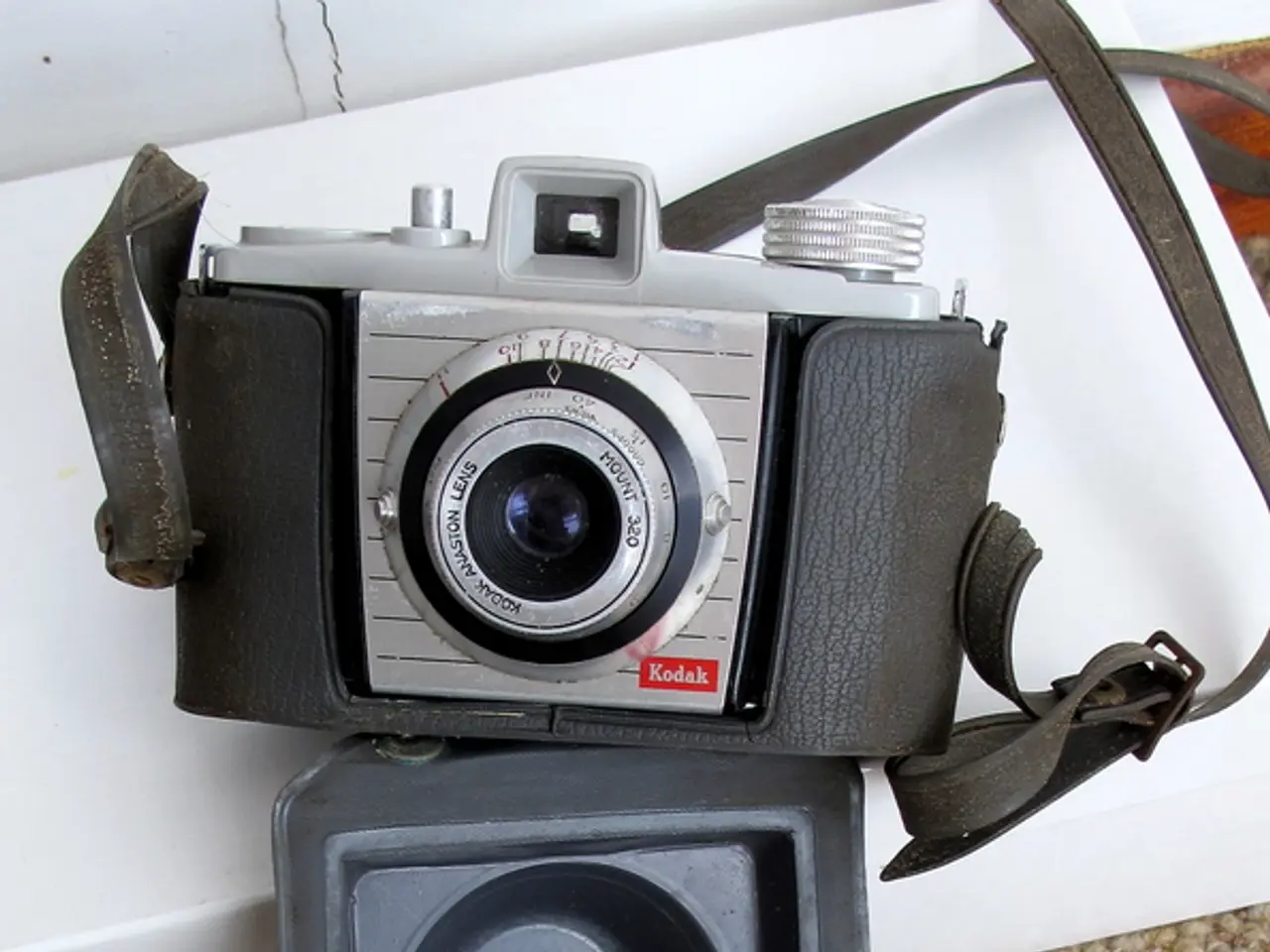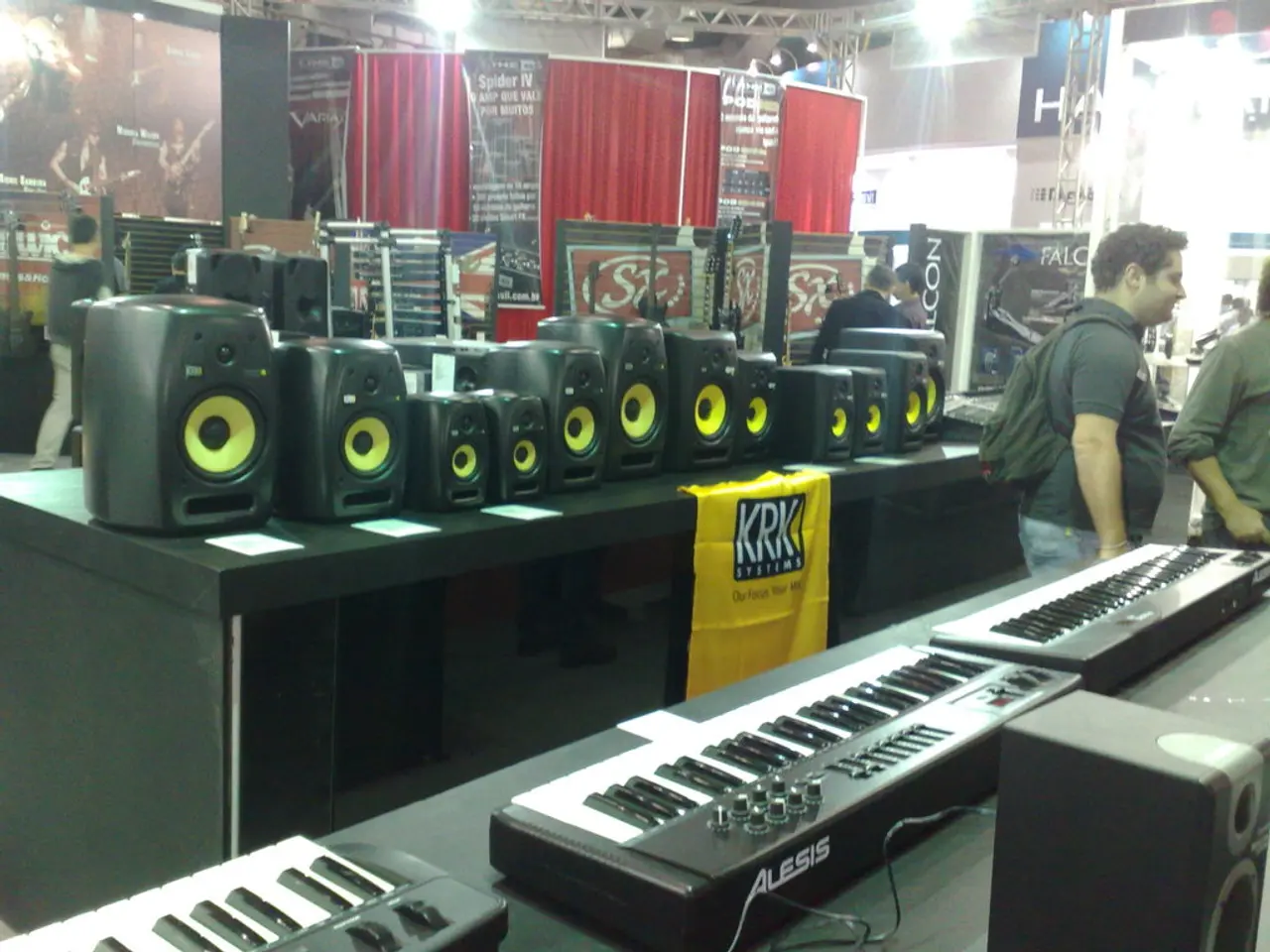Guide to Miking a Piano: Obtaining Professional Recording Sound Quality
======================================================
In the realm of music production, capturing the rich, resonant tones of a piano is an art form in itself. Here, we delve into the intricacies of recording this grand instrument, offering practical tips and techniques to help you achieve the best possible results.
First and foremost, the physical setup of the piano should be clean and free of distractions. This not only enhances the aesthetics of the recording space but also ensures that the sound is clear and uncluttered.
Room acoustics play a significant role in piano recording, affecting tone and clarity. Controlled room reverberation prevents excessive echo that could obscure piano detail. If recording in a large space, remote ambient mics can capture the piano in context, but should be balanced to avoid overly muddy sound.
For grand pianos, positioning stereo condenser microphones above the open lid, using techniques such as spaced pairs or XY configurations, helps capture a natural stereo image reflecting the piano’s spatial characteristics. Upright pianos, on the other hand, benefit from removing the front panel or opening the top, granting better microphone access to the strings and allowing for the capture of the inner resonance more directly.
Commonly, stereo positioning involves using cardioid microphones placed at a 90-degree angle with capsules close together to capture a clear stereo image without phase issues. Incorporating the piano’s natural layout in mixing involves panning the low notes slightly to the left and high notes to the right, which can influence microphone placement to capture this spatial effect.
Regarding microphone polar patterns, omnidirectional microphones can be advantageous for capturing piano with room ambience, while cardioid patterns focus more on direct sound and reject side noise. Understanding microphone pickup patterns is crucial in miking a piano.
Adjusting mic positions based on the desired balance between tone and percussiveness; small changes can dramatically affect the captured sound. Conduct thorough sound checks and experiment with placements to emphasize specific tonal qualities according to the musical context.
Communication with the pianist is crucial for an exceptional recording. Discussing the specific sound qualities the pianist aims to achieve is important. Allowing the pianist ample time to warm up and get comfortable ensures a natural performance.
In addition, checking for structural issues like loose strings or worn hammers, which could affect sound quality, is essential. Hiring a professional tuner well in advance ensures all notes sound as the pianist expects during their performance.
Using compressors can even out dynamic ranges, while high sensitivity mics work well for nuanced piano performances. A large diaphragm condenser microphone is often versatile enough for both piano and vocals. A condenser microphone with a cardioid pattern is often ideal for live performances, while a cardioid condenser microphone is suitable for a church setting.
Details like carpeted floors or strategically placed baffles can minimize unwanted echoes and enhance the natural resonance of the piano. Frequently monitoring the recording quality is important. If required, acoustic panels can be used to dampen excessive echoes or unwanted noise.
In summary, placing stereo condenser mics above the soundboard of a grand piano and using openings or direct string access on uprights, combined with attention to room acoustics and careful sound checks, produces the most effective piano recordings. Employing cardioid mics in stereo pairs at close angles or omnidirectional mics for ambiance are common practices depending on the recording goals. Clear communication about microphone placement is also necessary. By following these guidelines, you're well on your way to capturing the stunning sound of a piano in your recordings.
[1] [Source 1] [2] [Source 2] [3] [Source 3] [4] [Source 4] [5] [Source 5]
- To capture the grand piano's rich tones, use stereo condenser microphones positioned above the open lid, employing techniques like spaced pairs or XY configurations.
- For home recording studios, a large diaphragm condenser microphone with a cardioid pattern can handle both vocals and piano performances effectively.
- When setting up microphones, use cardioid microphones placed at a 90-degree angle with capsules close together for a clear stereo image free from phase issues.
- In order to achieve a natural stereo image for upright pianos, consider removing the front panel or opening the top to provide better microphone access to the strings.
- If recording in a large space, use remote ambient microphones, but balance them carefully to prevent an overly muddy sound.




